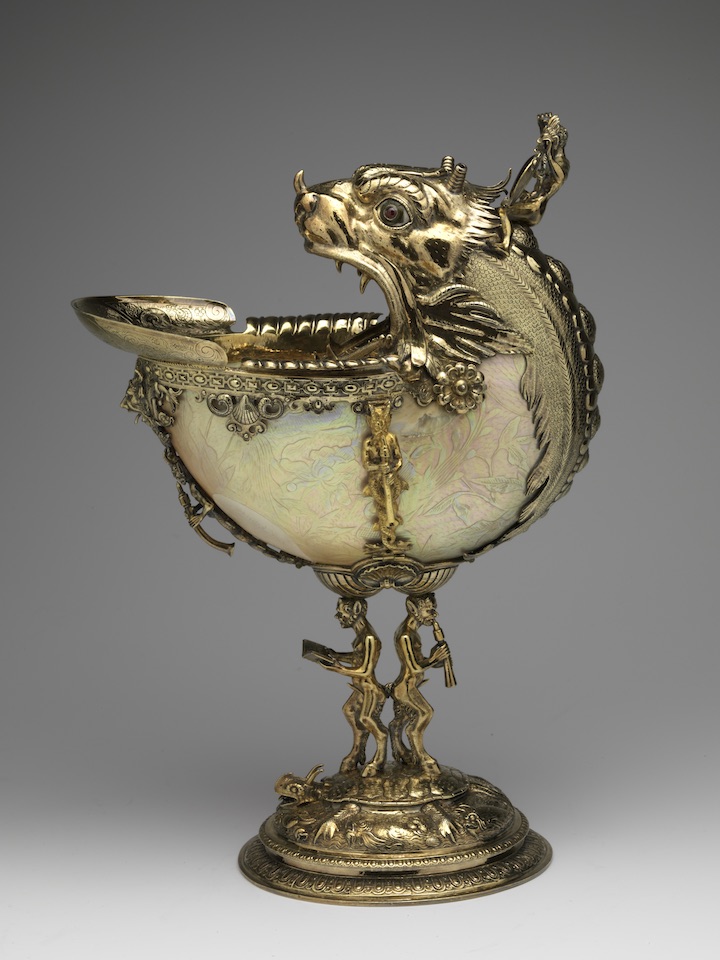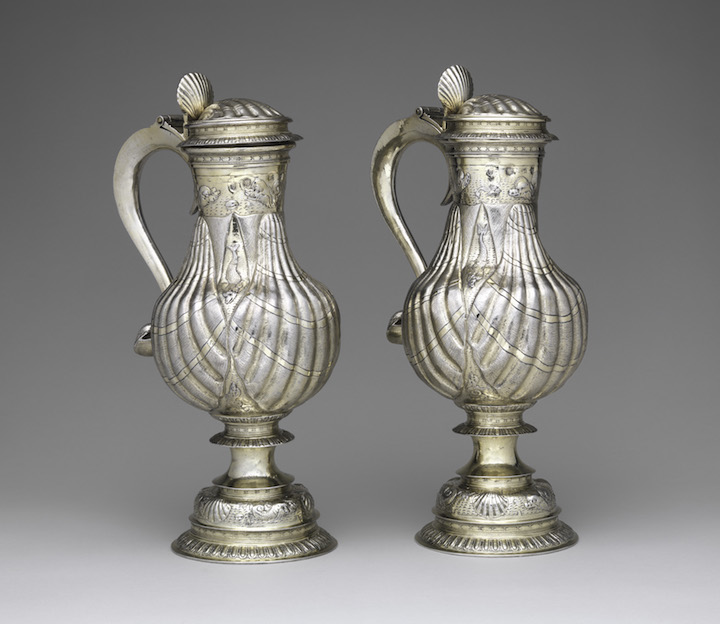Microcosm of the Known World
The Paston Treasure (c. 1663) is an enigmatic masterpiece. It was commissioned by either Sir William Paston, first Baronet (1610–63), or his son Robert Paston, first Earl of Yarmouth (1631–83), but the identity of the painter, a Dutch itinerant artist, remains unresolved. Adding to its mystique, the painting defies categorisation because it combines several art historical genres: still life, portraiture, animal painting, and allegory. Exploring the world of the Pastons, this display will include nearly 140 objects from more than 50 international institutional and lenders. On view will be five treasures that appear in the Paston Treasure painting alongside a host of other objects, many with Paston provenance, which tell the rich story of collecting within the family from the medieval period until the moment of the making of the painting. Find out more about the ‘Paston Treasure’ exhibition from Yale Center for British Art’s website.
Preview the exhibition below | See Apollo’s Picks of the Week here

Nautilus cup (c. 1630–60), artist unknown (Dutch). Courtesy of the Rijksmuseum, Amsterdam

The Paston Treasure (c. 1663), artist unknown (Dutch school). Courtesy of Norfolk Museums Service

The Seven Sorrows of the Virgin Mary or The Ashwellthorpe Triptych (c. 1519), attributed to the Master of the Legend of the Magdalen. Courtesy of Norfolk Museums Service

Pair of Flagons (1598), artist unknown (English). Courtesy of the Metropolitan Museum of Art, New York

Sir William Paston (c. 1643–44), artist unknown (Dutch). Felbrigg Hall, courtesy of National Trust











![Masterpiece [Re]discovery 2022. Photo: Ben Fisher Photography, courtesy of Masterpiece London](http://www.apollo-magazine.com/wp-content/uploads/2022/07/MPL2022_4263.jpg)
The threat to Sudan’s cultural heritage